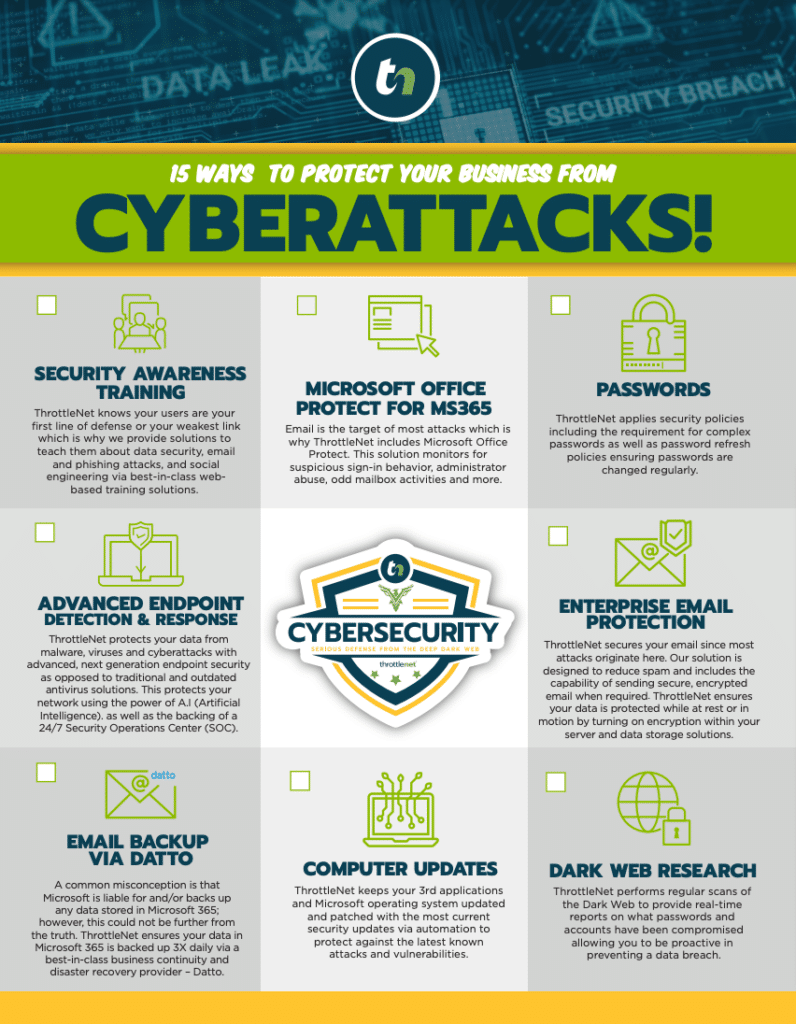When IT can’t keep up, your business slows down. As technology becomes central to growth, many internal IT teams are overwhelmed—chasing issues instead of driving innovation. With rising digital demands and an evolving threat landscape, even the best in-house teams are hitting their limits.
IT department support has emerged as a strategic way to relieve that pressure—giving your business the agility, security, and scalability it needs without adding headcount. For executives, it’s not just an IT fix—it’s a way to protect uptime, reduce risk, and keep tech aligned with business goals.
This is where the concept of IT department support comes in—a collaborative model designed to strengthen, not replace, your in-house team. Instead of a full outsourcing approach, this model focuses on shared responsibilities, enhanced resources, and specialized expertise to help internal teams thrive.

Why Internal IT Teams Are Feeling the Pressure
Most IT departments are asked to do more than ever before, often with limited budgets and small teams. As businesses adopt more digital tools, move to the cloud, and face growing cybersecurity threats, the pressure on IT staff grows rapidly.
Some of the most common challenges include:
- Routine tasks consuming too much time
- Difficulty keeping up with security updates and patches
- Limited access to specialized tools or knowledge
- Inability to dedicate time to strategic planning
- Burnout from handling high volumes of support requests
These issues aren’t always a reflection of performance—it’s often a resourcing problem. Even highly capable teams can become overwhelmed without the right systems and support in place.
What Is IT Department Support?
IT department support is a model that brings in external assistance to complement the work of an internal IT team. This support can take many forms—help desk services, cybersecurity monitoring, system administration, strategic consulting, and more.
Unlike fully outsourced IT, this model keeps the internal team engaged and in control. The goal isn’t to hand off responsibility but to provide the resources and bandwidth needed to improve operations and reduce stress.
Common Benefits of a Co-Managed Approach
A co-managed IT structure—one of the most common forms of IT department support—offers a number of benefits that help organizations address challenges without sacrificing autonomy.
1. Balanced Workloads
Routine tasks like patching, system updates, and user support can be time-consuming. Shifting some of this workload allows internal staff to focus on more strategic projects and problem-solving.
2. Improved Security
Cybersecurity continues to evolve, and staying current requires both time and expertise. Additional support provides access to threat monitoring, incident response planning, and compliance tools that might not be available in-house.
3. More Strategic Focus
When IT teams are freed from constant troubleshooting, they can spend more time aligning technology with business goals—whether that’s rolling out new software, improving processes, or strengthening data protection.
4. Scalability
As businesses grow or face sudden changes—like remote work transitions or expansion into new locations—IT needs can quickly outpace resources. External support helps scale capabilities without needing to grow the internal team overnight
When Is It Time to Consider IT Department Support?
Every organization is different, but there are a few signs that this type of support might be worth exploring:
- Projects are frequently delayed due to lack of time or expertise
- Security tasks or updates are falling behind
- Support tickets are taking longer to resolve
- Strategic planning is always pushed aside for urgent issues
- Staff are showing signs of burnout
IT department support is not just about fixing immediate problems—it’s about creating an environment where internal teams can operate efficiently and confidently.
Creating a Collaborative Partnership
One of the most important aspects of effective IT department support is that it’s a partnership. It works best when there’s open communication between the internal team and the external provider, clear roles and responsibilities, and a shared understanding of goals.
A strong support model should:
- Respect the knowledge and authority of the internal IT staff
- Offer flexibility based on evolving needs
- Provide transparency through documentation and reporting
- Integrate smoothly into existing workflows and systems
The result is a collaborative approach where everyone plays to their strengths.
As the demands on IT departments continue to grow, support models need to evolve as well. Co-managed approaches offer a flexible and efficient way to enhance internal capabilities without giving up control or investing heavily in new hires.
For organizations that want to maintain an active internal IT presence while improving response times, reducing security risks, and planning more strategically, IT department support can be a practical and effective solution.
Understanding the full range of options—and knowing when to implement them—can make all the difference in creating a resilient, high-performing IT environment. For a broader look at national cybersecurity concerns and how organizations can protect themselves, the Cybersecurity & Infrastructure Security Agency (CISA) offers up-to-date resources and threat alerts that are especially useful for IT leaders and executives.

Jake Price
Marketing Coordinator
[email protected]



